This is part of the Labeling Basics series in which I am taking labeling back to its most fundamental parts, starting with the legal terms used and then going on to each requirement for soap and cosmetic labels.
When you start to learn about what it takes to legally label your soap and cosmetic products, you may not realize that within the laws and regulations there is a very specific definition of labeling. It’s not what you would expect it to be, and it’s not a definition you can get by looking in a regular dictionary. BUT, it’s a definition you MUST know in order to make sure you are complying with the laws and regulations.
“Labeling” – Common Definitions:
- The act of applying a label or information to something
- The actual information placed on an object.
1. The act of applying a label or information to something
This is a common, dictionary definition of the action of physically or mentally applying a label.
Examples of use:
- I am labeling the bins in my garage with brightly colored label stickers.
- I kept track of my vegetable seeds by carefully labeling each packet.
- Labeling children as “underachievers” can be detrimental to their self-esteem.
2. The actual information placed on an object.
Another common dictionary definition of a thing which contains information about something to which it is attached.
Examples of use:
- The labeling on the boxes clearly showed the movers where to put them.
- I was impressed by the organization of her garage because the labeling on the bins was so easy to see.
- Putting warning labeling on plastic bags has probably saved many children from suffocation.
Directly from the regulations:
Labeling includes all labels and other written, printed or graphic material on or accompanying a product in interstate commerce or held for sale.
21 CFR 1.3(a)
The label is what is actually on or attached to the product. The labeling includes the label itself, but also ALL the written, printed or graphic (pictures) information that goes WITH the product—whether it is attached or not.
Examples:
- Product labels
- Inserts
- Leaflets
- Promotional literature
- Statements about ingredients
- Retail signage
- Articles or handouts provided to a customer
- Brochures or materials included with products shipped
- Website text and pictures
- Information your website links TO
The correct labeling of cosmetic products falls under the FDA; truth in advertising. The cosmetic product itself comes under the Federal Trade Commission. Labeling and advertising often overlap and enforcement of the regulations may be by one or the other agency, and sometimes by both.
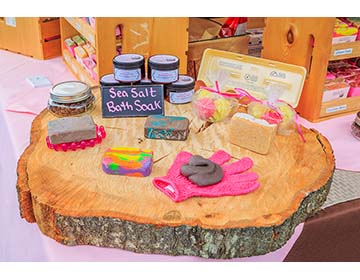
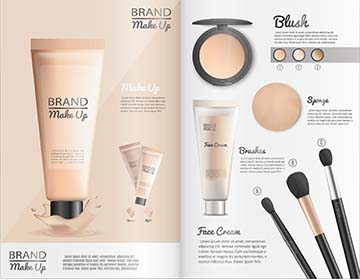
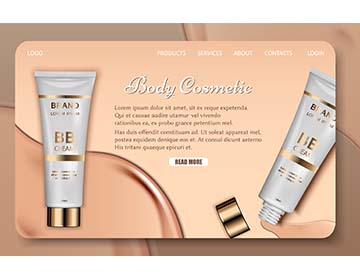
Why is it important?
When the FDA or FTC is looking at your product to determine if you are following the laws, they look at the labeling, not just the label.
What you say about your product in its labeling (or advertising) can affect what your product IS and therefore which laws and regulations apply to it.
For example, if you say in the labeling that the product is for use by children, then there may be child safety laws that apply. If you say that the product is edible, then food laws will apply.
If you are aware of the extent and content of your product labeling, you will be better prepared to ensure that your product stays legal.
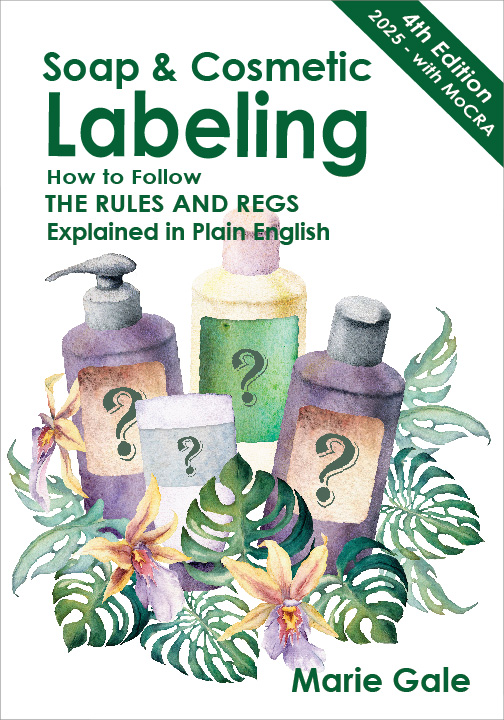
Shameless plug!
To really be able to create your own labels that comply with the regulations, get my book from Amazon and use it.
4th Edition – Released March 5, 2025!!!
Or order directly from me (and get a signed copy)!

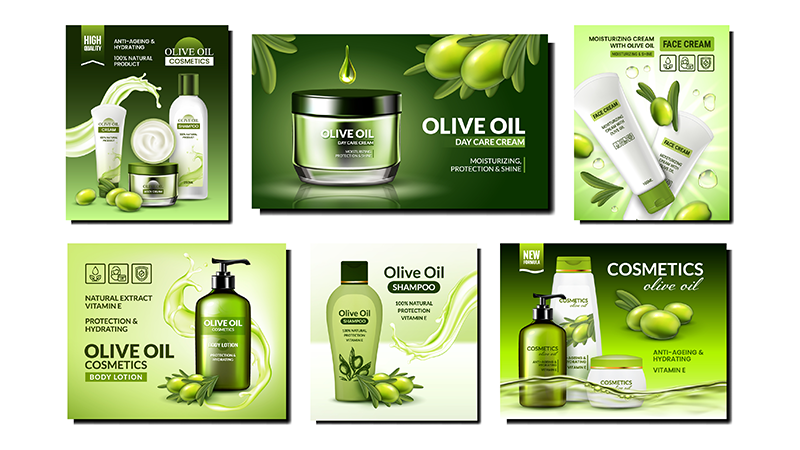
Leave a Reply